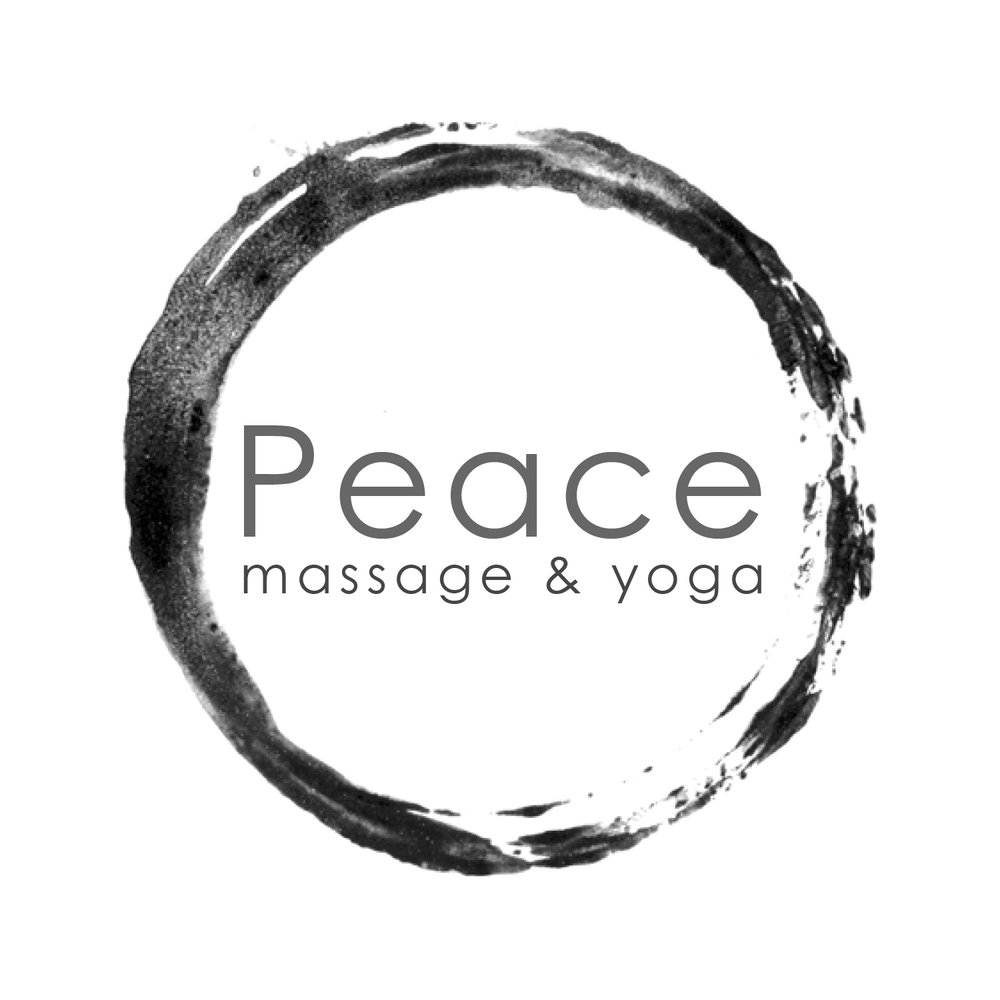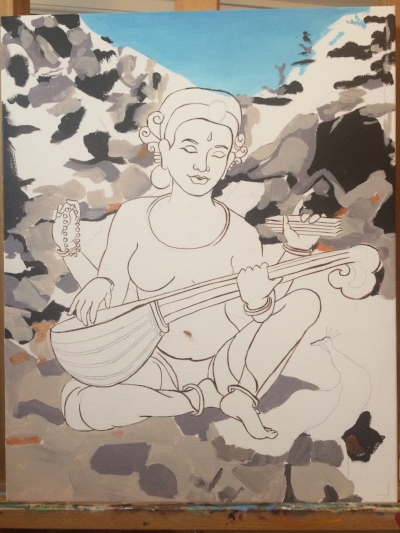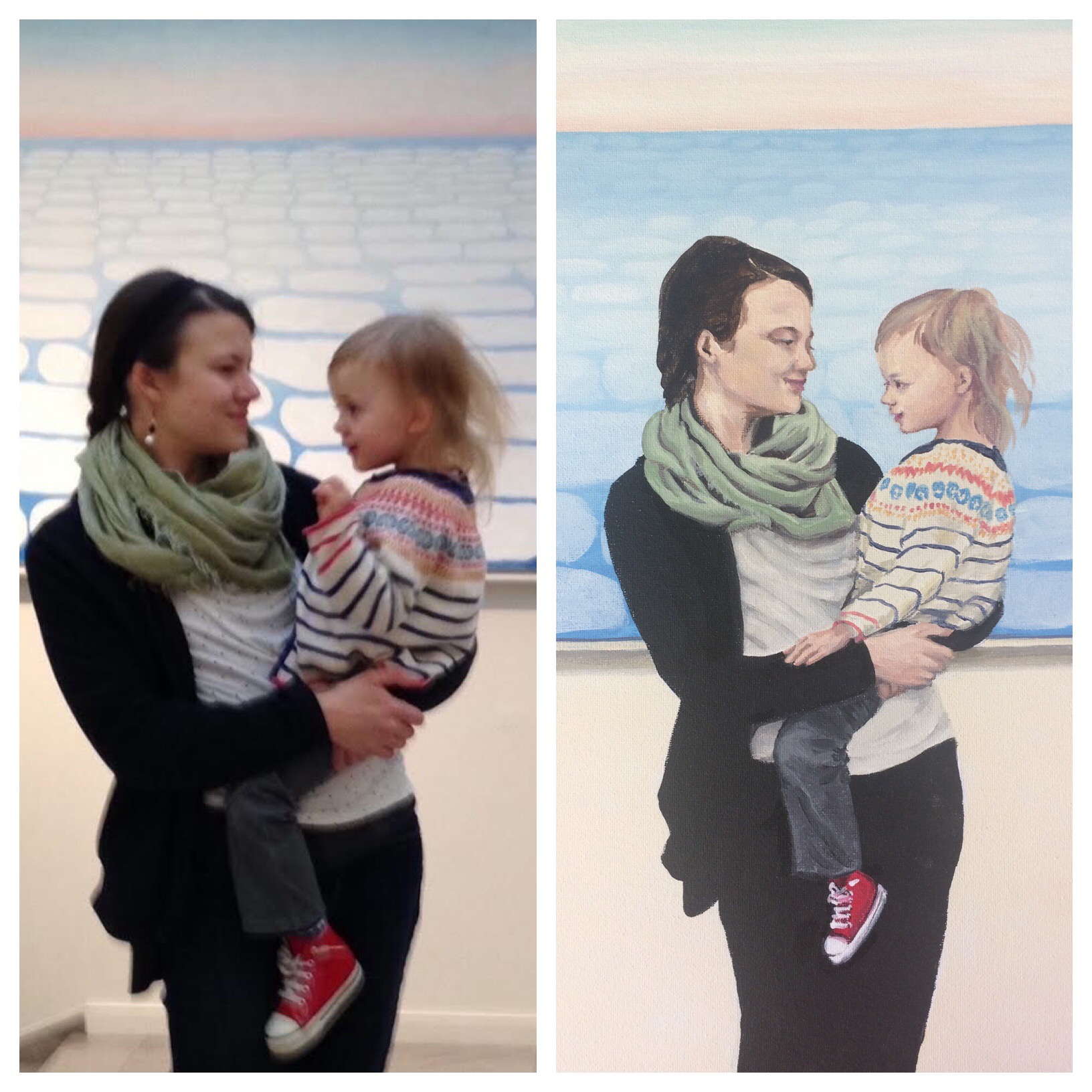It’s easy to be a critic. Much harder to create something, especially in the storms of a critical mind. I had the chance to sit with my teacher who commented that critics usually wish they could be creative, but they stop at criticizing others’ creative efforts.
I listen to the Hidden Brain podcast where they recently covered a brain study about negativity bias. This study documented that negative thoughts arise in less than a second, while positive thoughts take 10-15 seconds to generate. Kinda comforting to know that there is some biology to my negativity bias. It helps me to understand that negative reactions may be the first out of the gate, but do not have to define my experience.
There can be a lot of negative interference inside me when I’m painting or playing music, especially at the beginning of a session. It’s like I have to weather a critical storm that will pass. After a period of sustained effort, focus, and taking action, I can get into a flow in the creative progress. Sometimes it is therapeutic for me to make and share things that my inner critic sees as sub-par, and feel the aftereffects which are usually a creative afterglow and quiet mind.
5 minute Buddha drawing
I believe that consumer culture (including screens, commercials, social media) plays on this negativity bias and trains our brains to be critical, to search for what we don’t have and crave these things. As a meditator and artist, I own my state of mind and remain open to how I can be creative and offer something positive to the world.





























